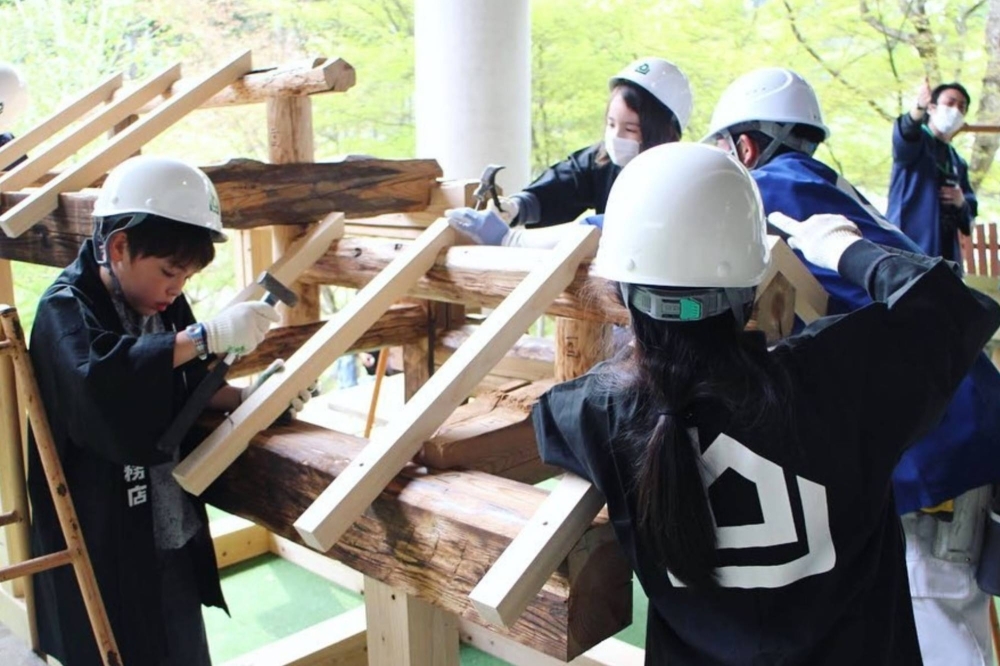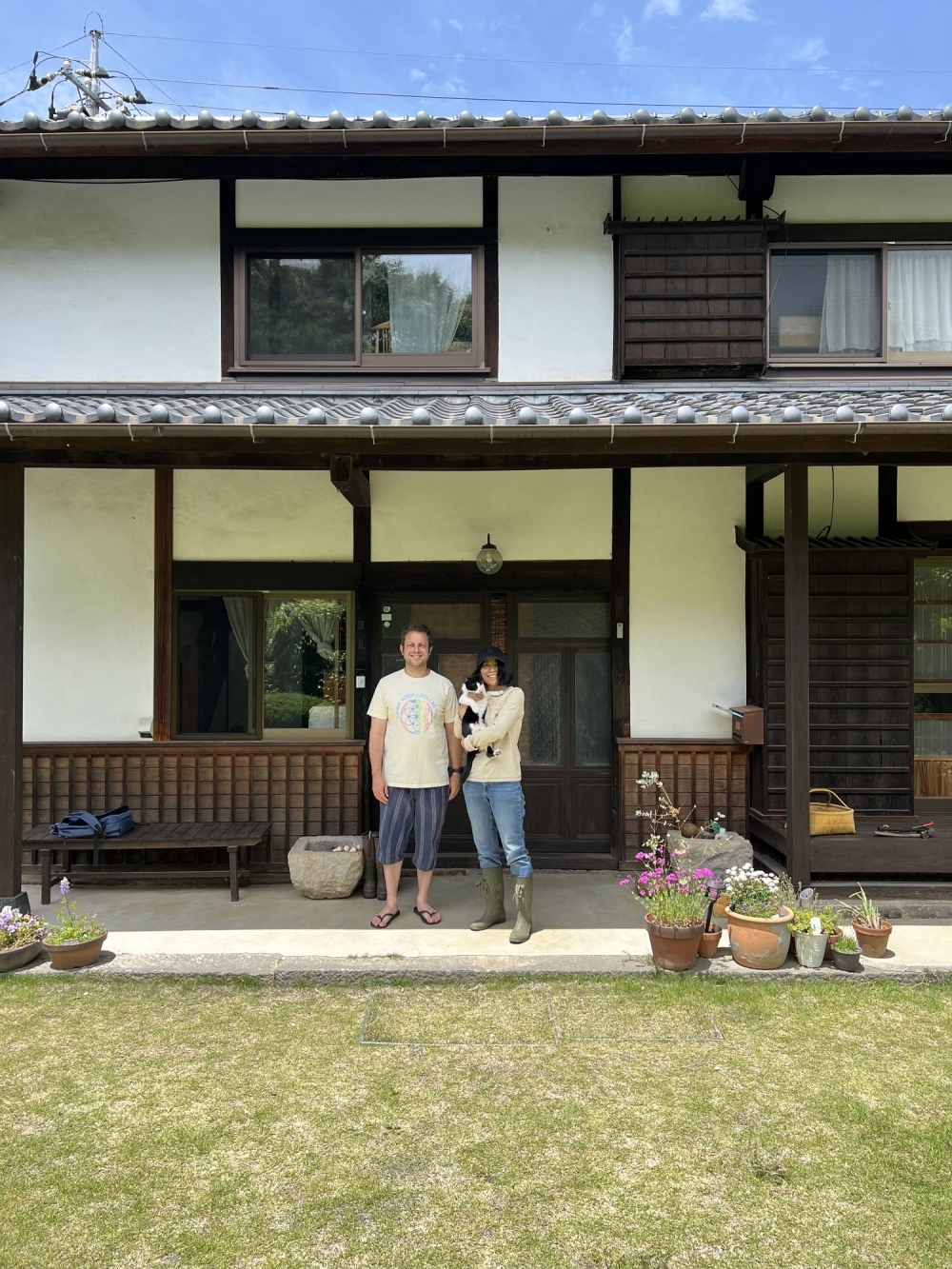Minka Summit returns for third year of home design, talks and more
In the mountainous heart of Kyoto Prefecture, the Minka Summit 2024 sets the stage for an ambitious exploration of Japan’s architectural past with a keen eye on future sustainability.
Held April 19 to 21, the annual event organized by the nonprofit organization Kominka Japan bridges architectural tradition with contemporary possibilities. First held in 2022, the Minka Summit’s aim is to illuminate the significance of minka (literally, “people’s house”) or kominka (traditional wooden houses) in the face of the country’s increasing number of akiya (abandoned buildings). At the same time, renovation of these buildings is seeing a resurgence, not the least among foreign residents — a trend clearly reflected in Minka Summit 2024’s schedule.
A window to Japan’s architectural soul
The annual Minka Summit beckons kominka owners, architecture enthusiasts and sustainability advocates alike to not only celebrate Japan’s kominka but also delve into the preservation and innovative reuse of these architectural relics. The event’s location about 90 minutes by car or bus in Hanase, northern Kyoto Prefecture, provides a scenic backdrop, enhancing the connection between the summit’s activities, the traditional architecture it celebrates and the Japanese countryside where many kominka are located.

This year’s summit promises an array of activities, from keynote speeches and panel discussions to hands-on workshops and DIY presentations. Notable among the speakers is Azby Brown, an author and expert on Japanese architecture and sustainability, who will deliver this year’s keynote address on April 20.
For those eager to engage more deeply, the Minka Mall and Minka Tours offer immersive experiences into kominka living, such as a half-day tour to the remote village Kuta, and a panel on what to look for when buying a kominka.
Inspiration and renovation
For some, interest in kominka and the Minka Summit isn’t theoretical. One of this year’s attendees is the illustrator and ceramicist Kozue Kitchens, who moved back to Japan from the United States in 2019 with husband and artistic partner, Dan. Their new home in Yamanashi Prefecture is a nōka-style farmhouse kominka from the 1880s that the couple has renovated.
“I think the kominka resurgence depends on realizing the importance of preserving Japanese architecture and cultural heritage, and that they are affordable,” Kitchens says.
At this year’s summit, Kitchens is looking to see different examples of renovated kominka suited for modern Japanese living and to gather ideas for enhancing her own home.

“We’re planning to renovate our kura (storehouse), and I’m seeking inspiration for that,” she says. “I also want to discover renovation tips, like lowering floors so tall people won’t hit their heads on the beams, and installing energy-efficient heating — things I wish we’d known earlier.”
Kominka are a testament to Japan’s architectural heritage and a focal point in the discussion about akiya, which pose both challenges and opportunities across the country. The myriad empty houses burden many rural areas — akiya contribute to declining property values and pose fire risks, requiring local governments to bear the financial burden to maintain or demolish the structures. Akiya can also harm a community’s aesthetics, creating a sense of regression inhibiting new residents, businesses and innovation as symbols of the ever-increasing trend of rural depopulation. Meanwhile, renovating these buildings has become hip — evident, for example, among several Japan-based YouTubers and social media influencers.
As urban migration trends continue from cities like Tokyo to the Japanese countryside, these buildings offer a unique chance to explore environmentally-aligned living practices rooted in historical preservation.
Tickets for the Minka Summit 2024 are available online, with separate tickets required for special events like the Friday night meet-and-greet.












Post Comment